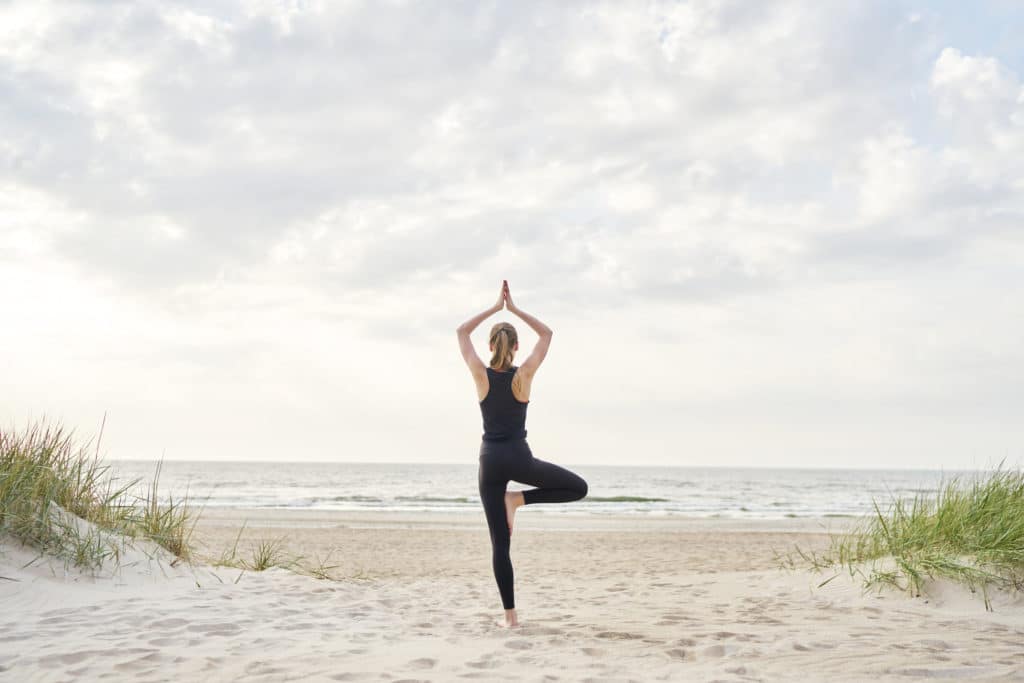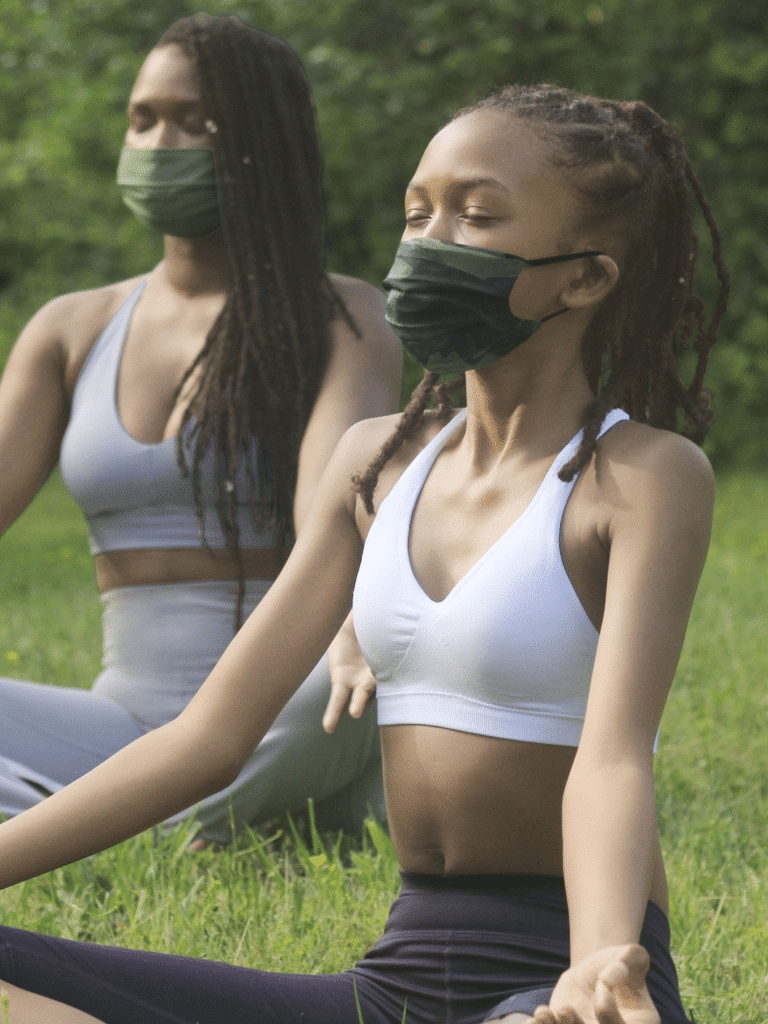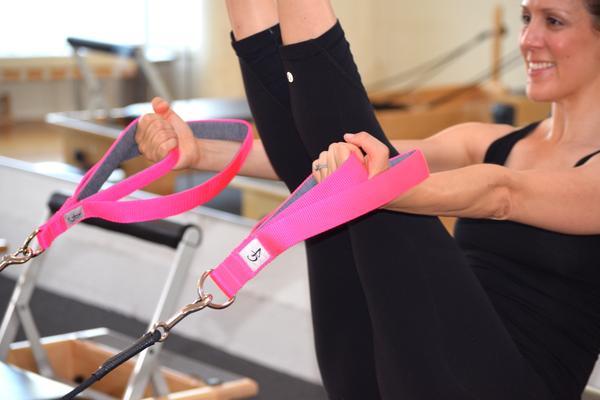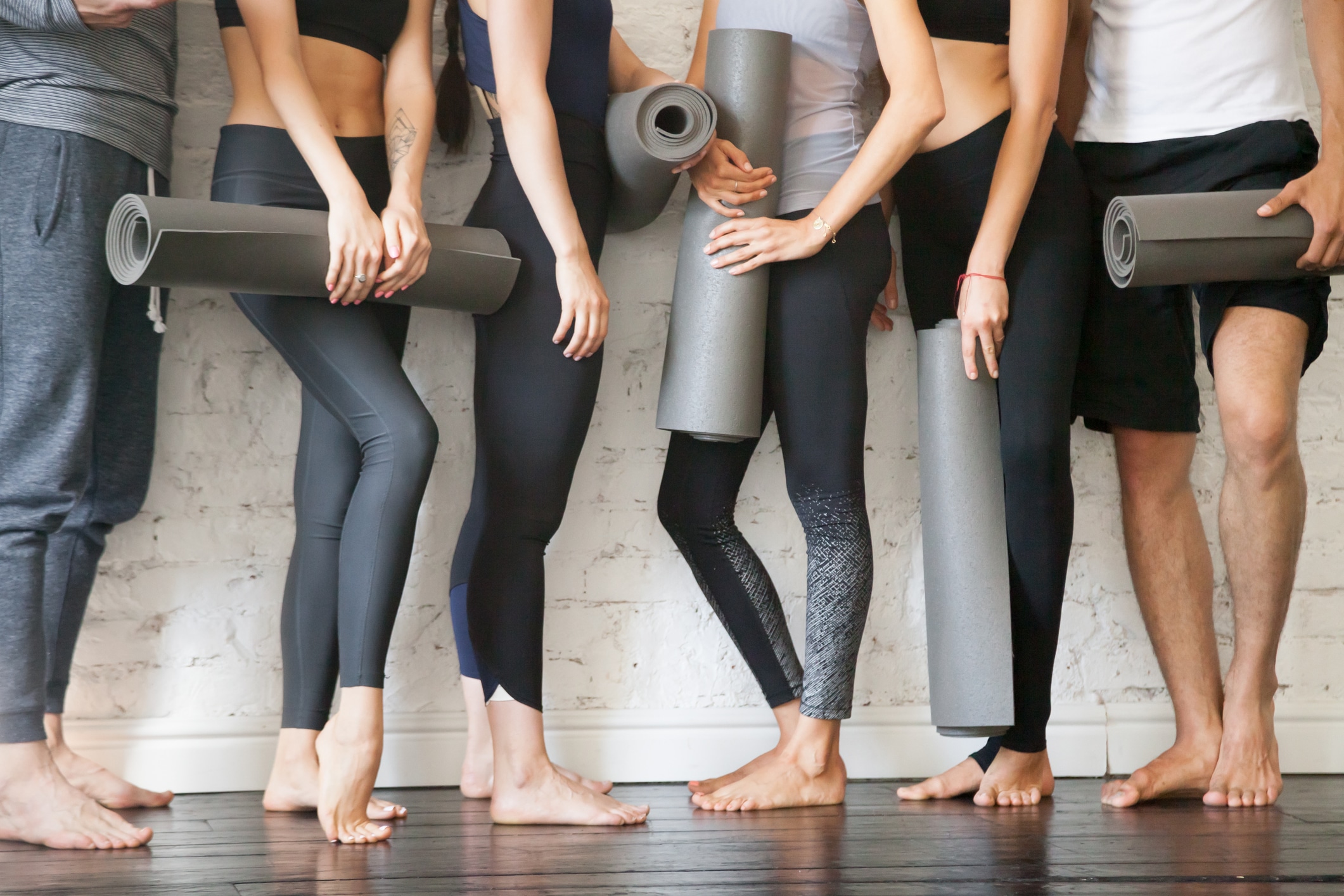While still in the midst of the pandemic that has closed all Pilates studios, fitness enthusiasts are getting restless without access to their favorite classes and studios. As we all can assume, it will still be some time before we can return to normal, and it will be quite a while longer than that before we can pack back into group sessions sweating shoulder-to-shoulder with our community. With that being said, there are some regions seeing hopeful downward trends in case numbers. While we shouldn’t get ahead of ourselves, we do need to have a plan in place for when the time comes to re-open our studios. For studio owners and managers, what will that look like to safely approach re-opening? For instructors, what will we need to do? For clients what will it look like when we return to our favorite sessions?

Maintain New Habits
First and foremost, we must all retain our new habits of proper hygiene including washing our hands often for 30 seconds, not touching our faces, and wearing masks around others, especially when inside and where proper physical distancing is not available.
What To Expect
1. Stay Clean
Upon entering the studio be prepared to wash your hands or grab some hand sanitizer offered at the front door.
2. Travel light
Only bring with you what is needed for your session and leave everything else at home or in your car.
3. Mask up
You will need to wear a mask to enter. In addition, many studios will ask clients and instructors to wear masks throughout the session.
4. New Procedures
Be prepared to be met with contactless check-in and payments, COVID waivers and temperature checks. Upon entering, you may also be asked to sign a waiver stating you have not had any known, recent contact with a sick individual, have not traveled, and do not feel sick.
5. Extra Room
The amount of space between pieces of equipment, like reformers, will be increased, and there may be markers on the floor to designate proper physical-distancing between clients and instructors. The sizes of group classes will also be more limited to allow for proper distancing.
6. No Direct Contact
There will not be any hands-on corrections. Only verbal cueing will be provided for modifications, progressions, and adjustments during classes.
7. Timing Changes
Expect time between sessions to increase. Instead of sessions back-to-back as most studios scheduled before COVID, there needs to be at least 15 minutes between each session to ensure proper sanitizing of the equipment, so length of sessions may be altered.
8. No Early Arrivals
Clients will be asked to not come more than 3-5 minutes early for their session in order to manage the number of people in the space. Wait outside until you are allowed in.
9. Frequent Sanitizing
During time between sessions, instructors will need to clean all high-touch surfaces and equipment pieces that were used during the previous session. If the studio has multiple Reformers, Cadillacs, Chairs, and Barrels, the instructor should stagger what is used. Props such as resistance bands, balls, discs and weights that may be used in a session should be cleaned before and after use for each new client.
10. Added Features
Studios should have high-efficiency air purifiers, proper air filtration, and access to hand sanitizers.
How to Prepare For An In-Studio Session
1. Monitor how you are feeling
If you’re under the weather, opt to stay home or ask for a virtual session. During this time many studios have created virtual spaces for their classes to continue. Most of these studios and instructors will continue to offer online sessions even once studios are fully open, for both convenience and safety. Clients have been enjoying the convenience of taking their classes at home, and this will continue to be an available service.
2. Don’t wait until the last minute
Make sure to make any changes within the 24-48 hour cancellation policy that your studio requires to avoid late fees.
3. Get the right mask
Purchase masks that are comfortable for exercise and when you are laying both supine (on the back) and prone (on the stomach).

There are now many companies making masks specifically for working out, so do research to find the type that you think can feel best for you. I suggest checking out Athleta, Vida, and Adidas.
4. Now, more is better
Purchase grippy Pilates socks, and consider grippy Pilates gloves, a reformer towel, and personalized reformer loops. Many studios previously required clients to wear Pilates socks for safety, but now it is highly recommended to wear these socks for a session even if the studio doesn’t require it.
The companies that make these workout grip socks also make grippy gloves, which will reduce the amount of interaction with high-touch surfaces in the space. There are many companies that make these Pilates/Yoga/Barre grip socks and gloves. For socks and gloves I recommend ToeSox, Bombas, Athleta, Lululemon, and Alo.

Other recommended products that clients may want to consider purchasing are Reformer towels and personal loops. The Reformer towels are specifically shaped to properly cover the head rest, shoulder blocks, and mat, and are made out of a material that will absorb sweat and not slide while exercising. Clients can even bring their own foot loops and handles which can easily be attached to the equipment at the beginning of a session. For loops, check out Good Citizen LA and Balanced Body. For Reformer Towels I suggest Salt & Honey and Balanced Body.
5. BYO Water
Bring your own water bottle as many studios won’t have refreshment options.
6. Come prepared
Arrive already dressed in your workout attire as many studios won’t have amenities available.
Studio Owners and Managers
1. Know your local fitness and wellness center guidelines.
Some Pilates studios have more freedom than the local gym regulations if the studio only provides private sessions without overlapping classes. For studios that have multiple sessions occurring at the same time or group classes, these will still fall under the generalized gym guidelines. Make sure you’re following state and county guidelines to avoid potential issues. Follow health and wellness guidelines from CDC, NIH, and other health agencies regarding COVID.
2. Know how to properly and safely sanitize your equipment.
The upholstery of most reformers and Pilates equipment pieces will be adversely affected from harsh chemicals and bleaches, so look for EPA approved products and cleaning materials to find products that will properly sanitize while being gentle on the equipment. I recommend Clear Gear.
3. Do your research.
Allow for contactless payments and check-in, fully and frequently sanitize high-touch surfaces, space out your studio, and create a new waiver that includes COVID guidelines.
4. Be prepared for a hybrid schedule that can allow safety and comfort for everyone.
Many clients may return to sessions immediately upon opening, but many may choose to remain virtual for a while if not indefinitely.
5. Stock up on supplies.
Invest in high-efficiency air purifiers, proper air filtration, and hand sanitizer.
6. Communicate with your clients and instructors often and clearly.
It’s important that everyone knows what to expect and how to work together to ensure safety and health for your Pilates community.

Davita Paul, MS, CES, NCPT
Corrective exercise specialist/Movement educator/Pilates instructor
MS in Kinesiology specializing in orthopedic rehabilitation corrective exercise. She focuses on chronic pain relief and improving physical and mental wellness through integrated movement modalities. Also the Director of Pilates at the Brentwood Country Club, founder of DavitaPilates, and created the Ergonomics in Motion system.


